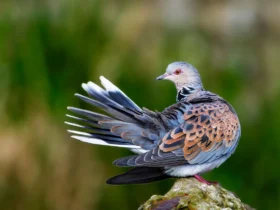Within the sun-drenched landscapes of Australia, a tiny avian gem darts through the shrubbery—the Variegated Fairywren (Malurus lamberti). With its vibrant colors and intricate plumage, this delightful bird has captured the admiration of birdwatchers and nature enthusiasts. Join us as we embark on a journey through the captivating world of the Variegated Fairywren, exploring its appearance, behavior, habitat, and the enchanting qualities that make it a beloved symbol of Australia’s avifauna.
Variegated Fairywren images
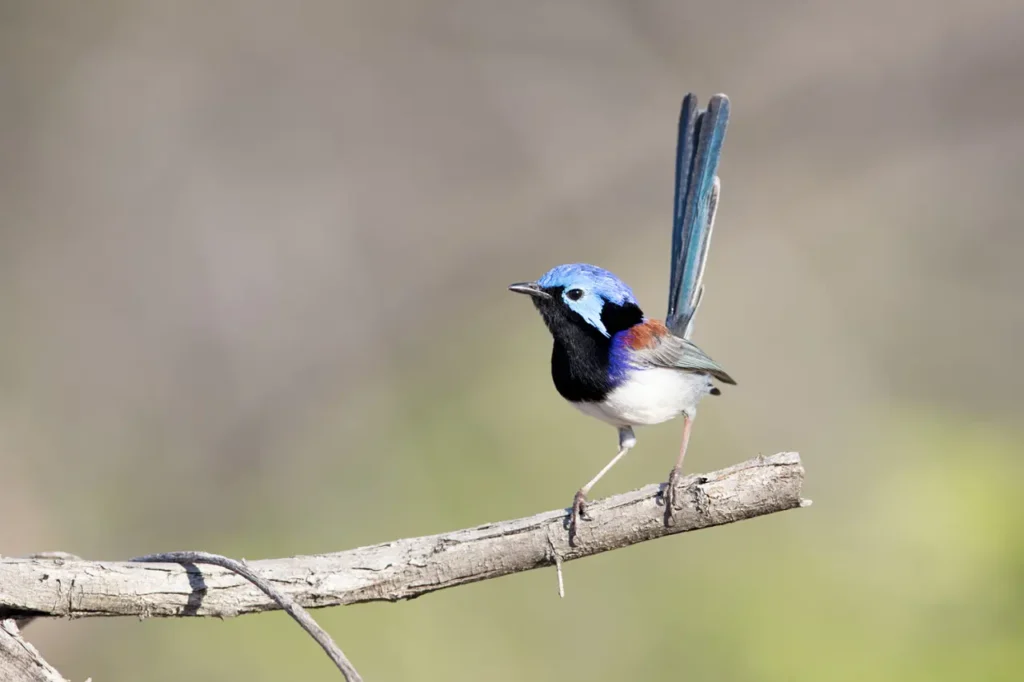
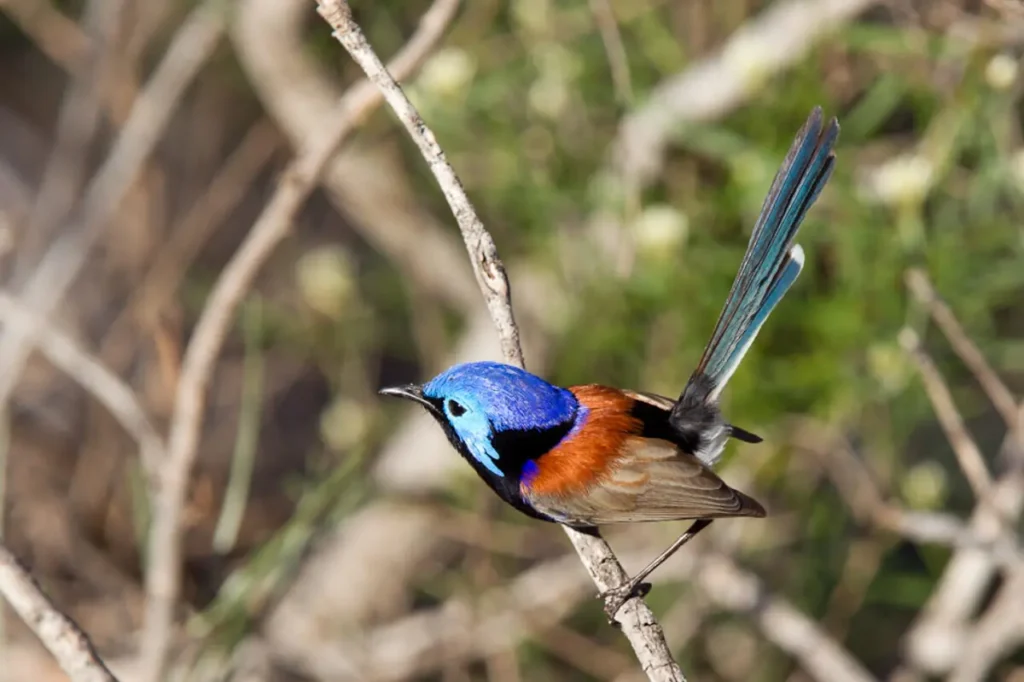
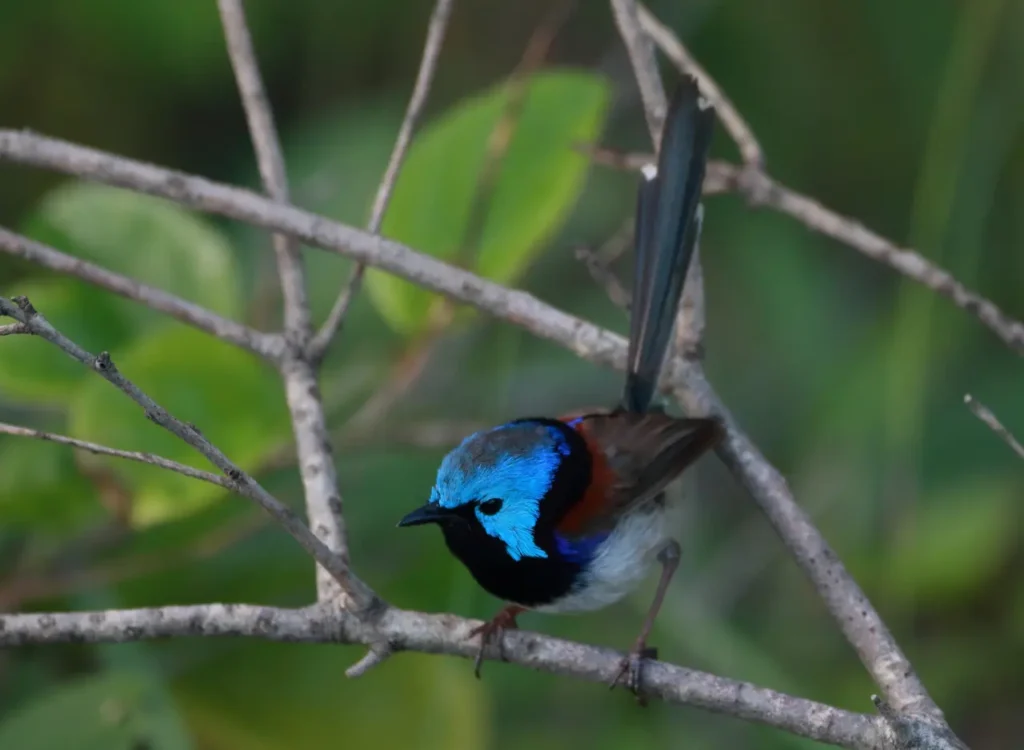

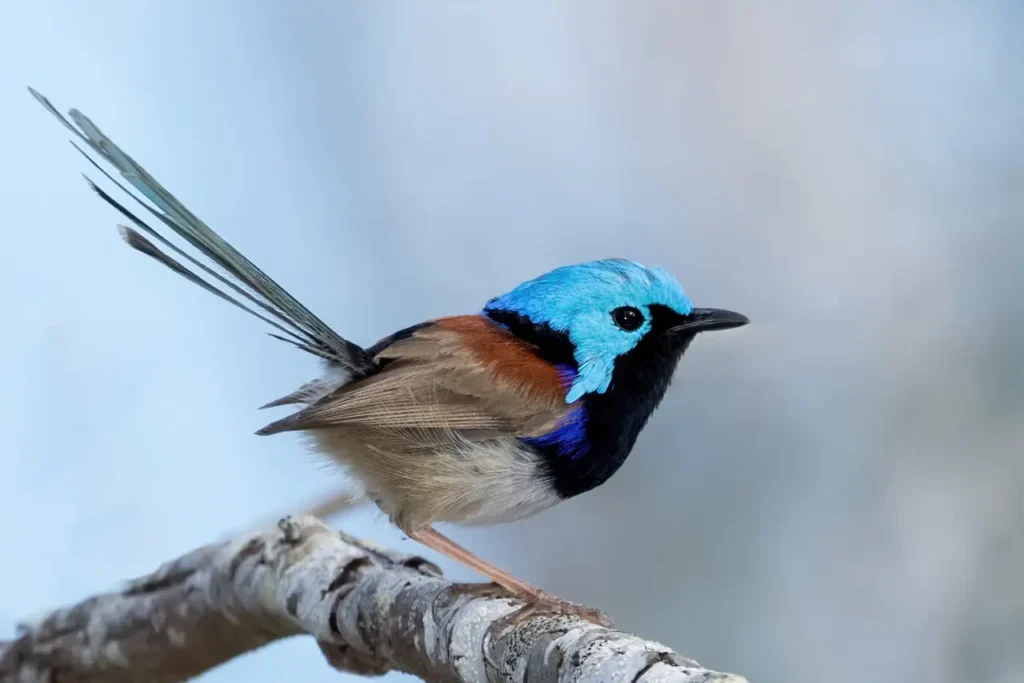
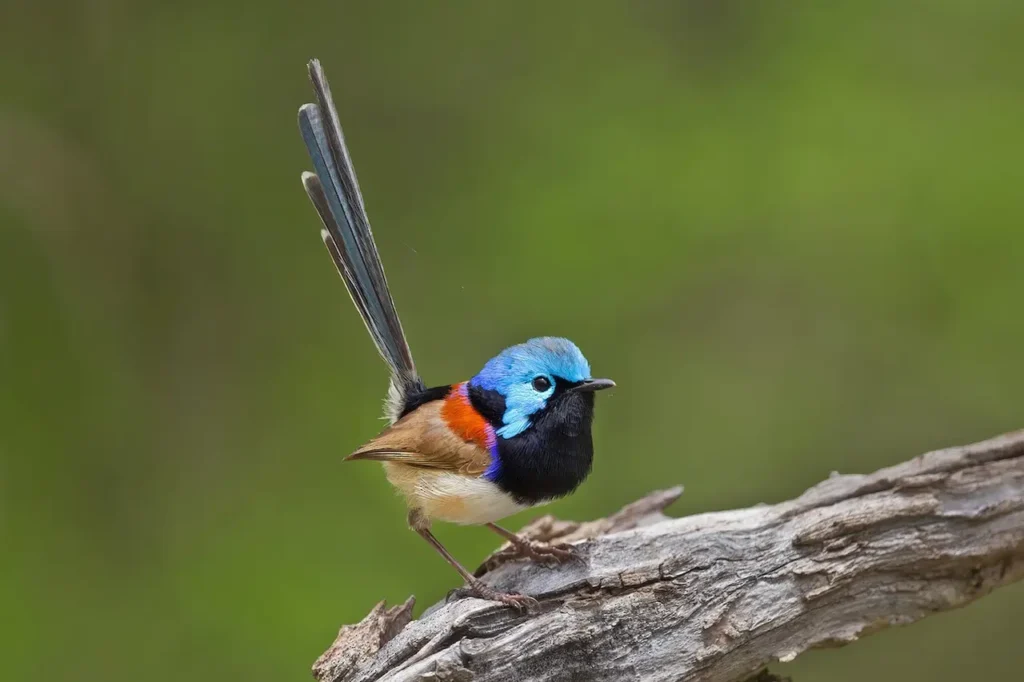
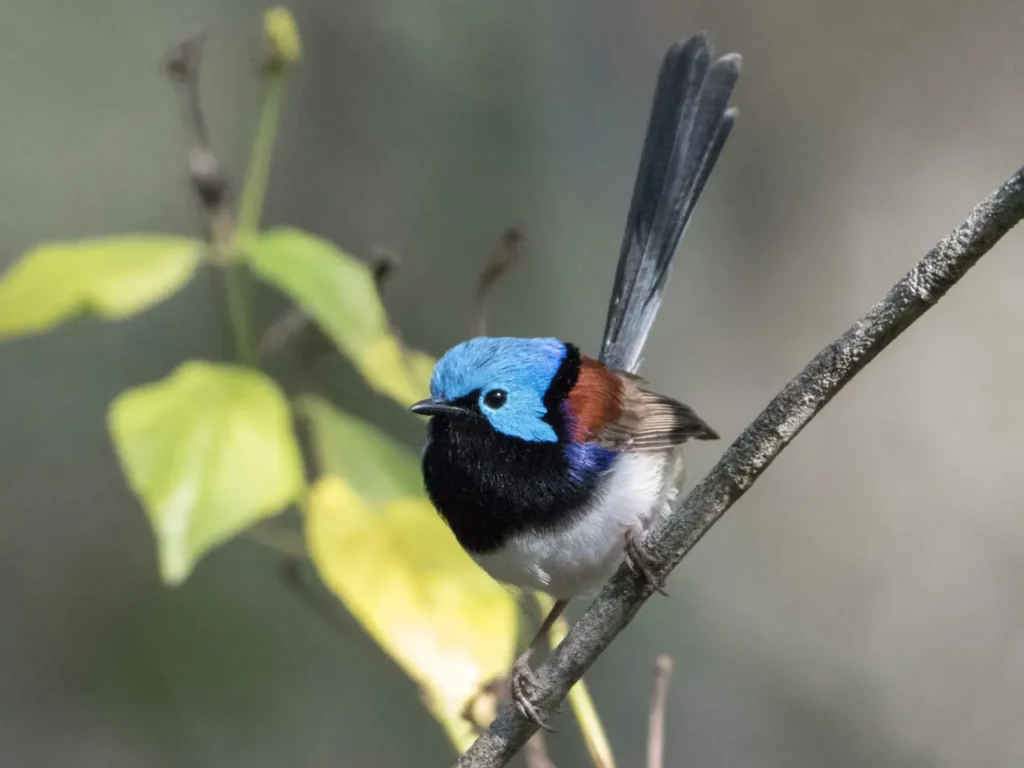
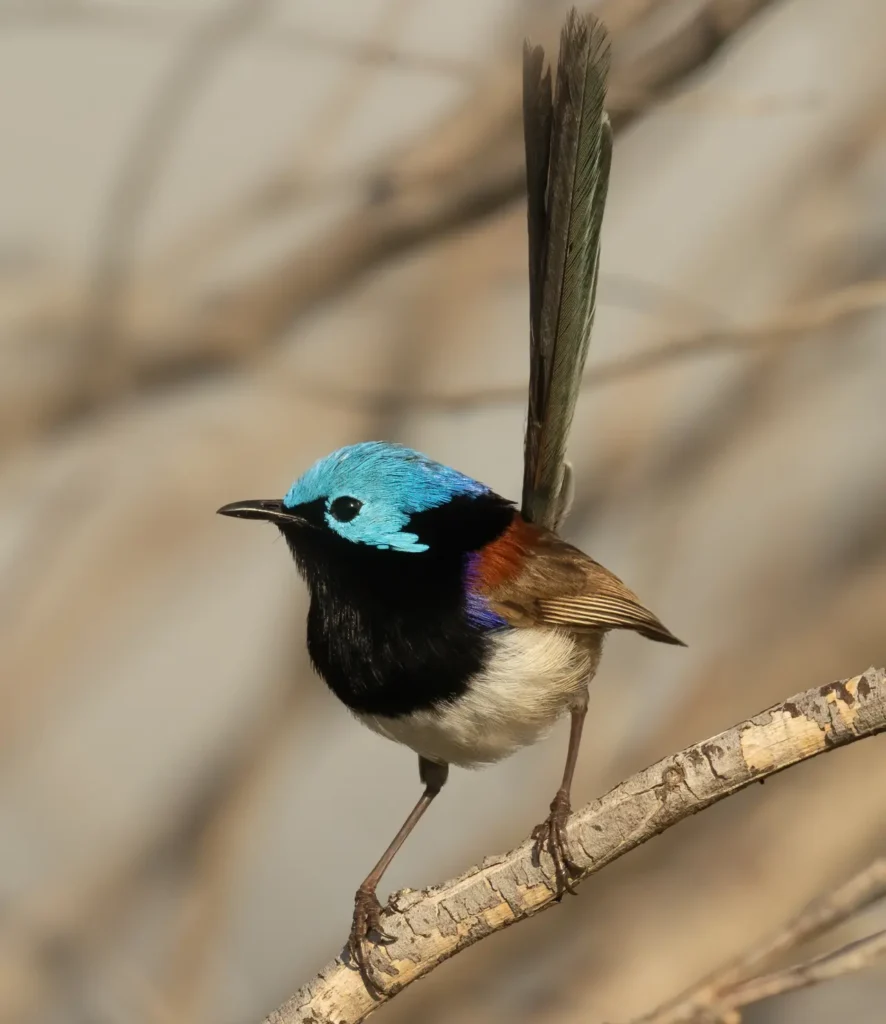
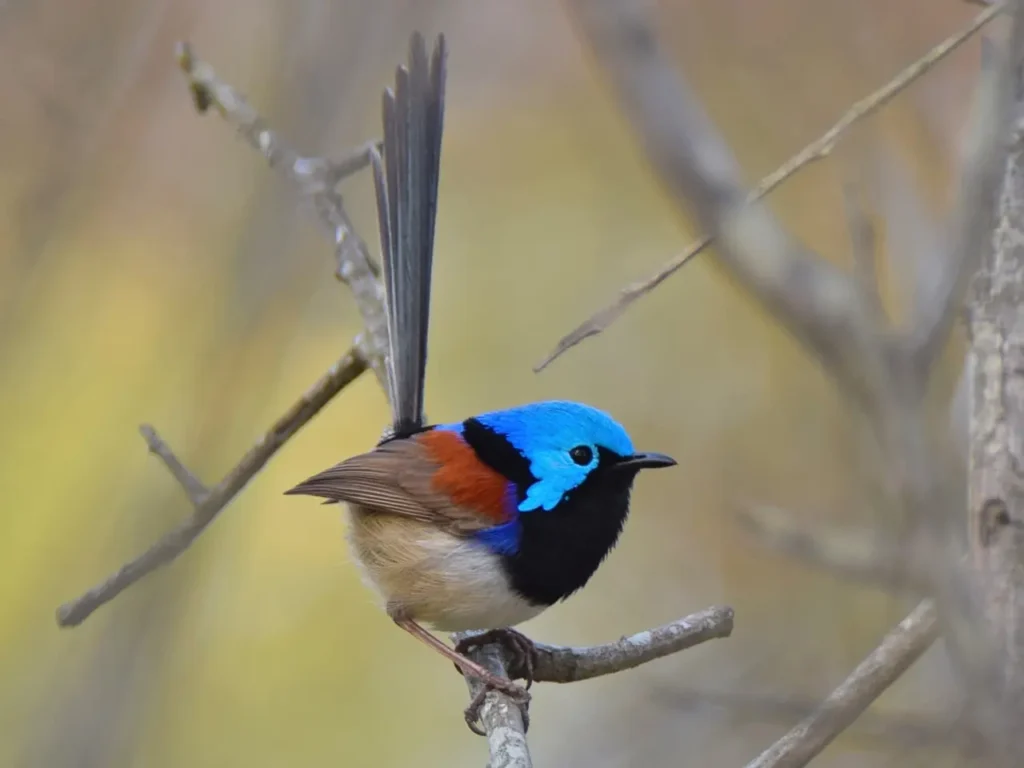
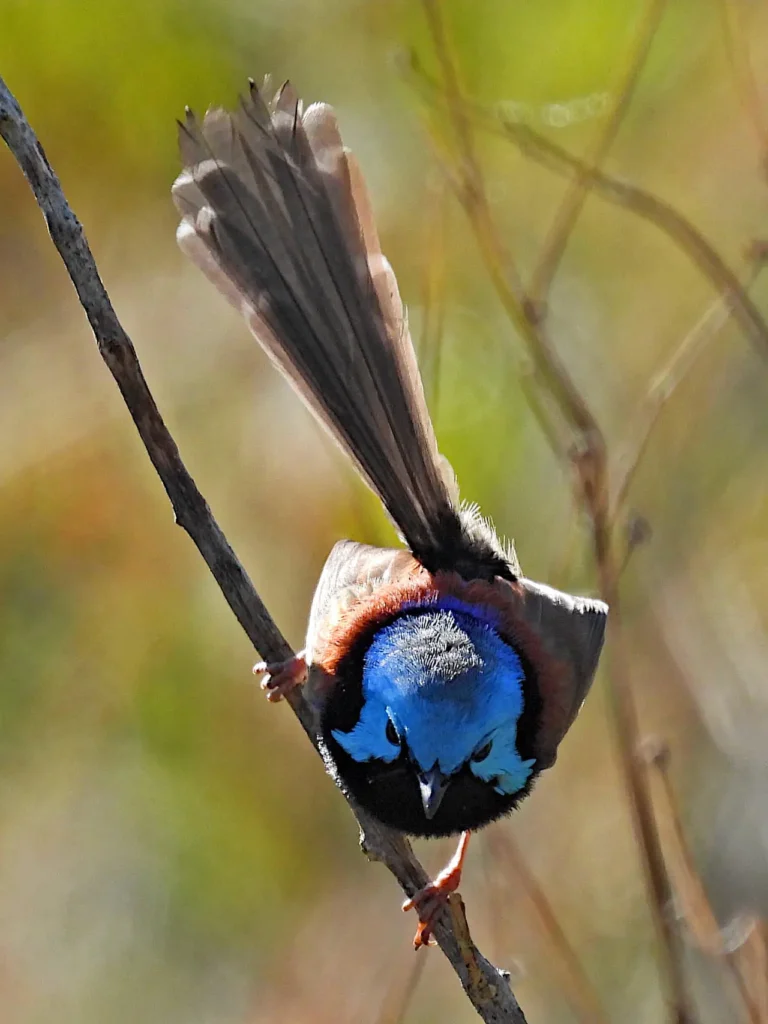
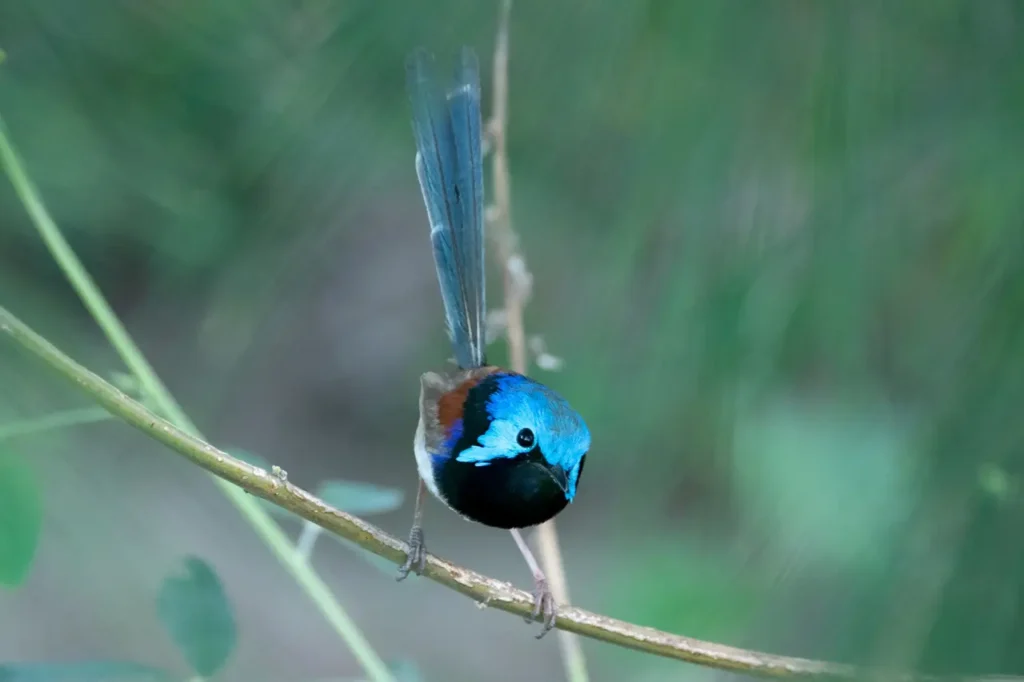
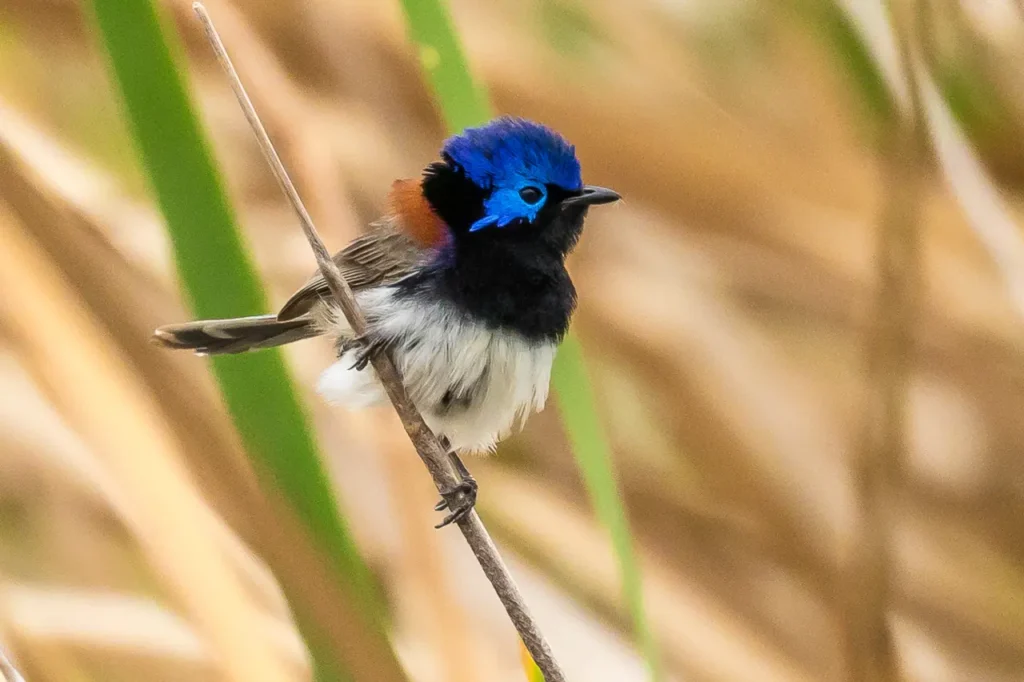
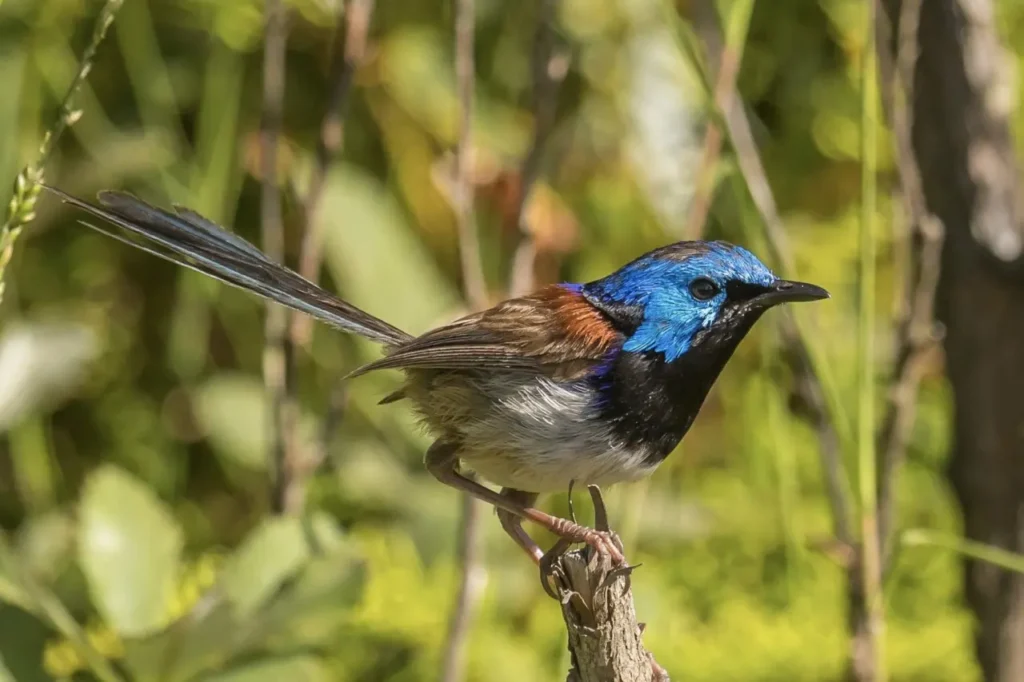
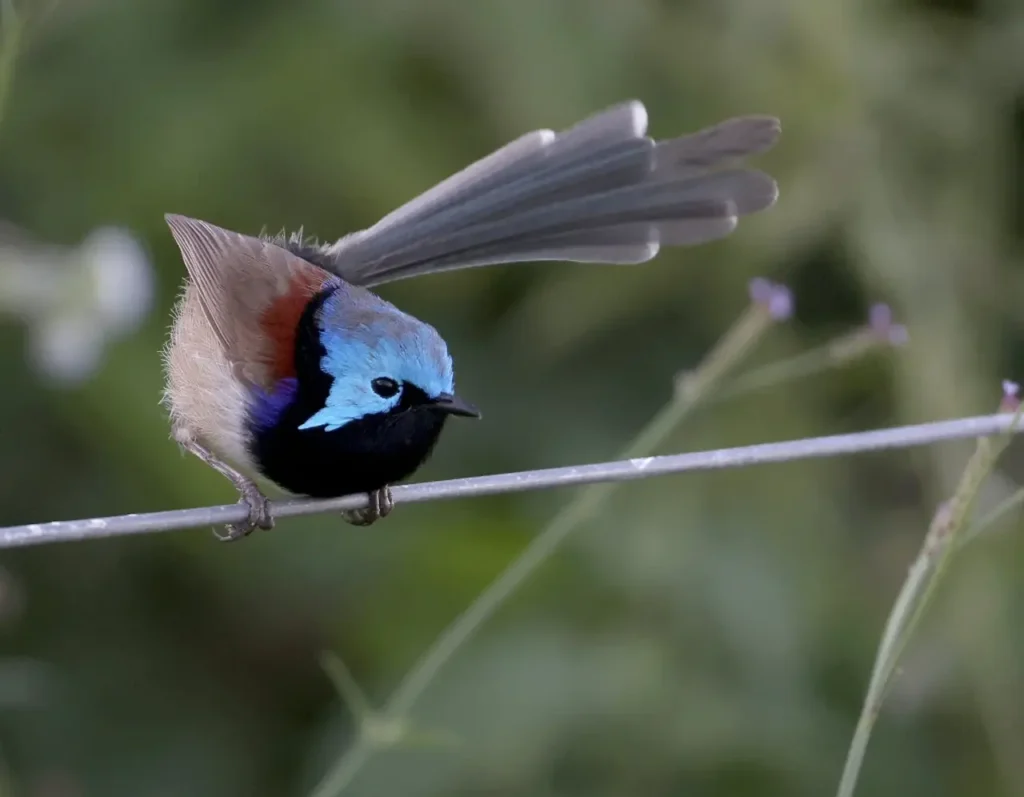
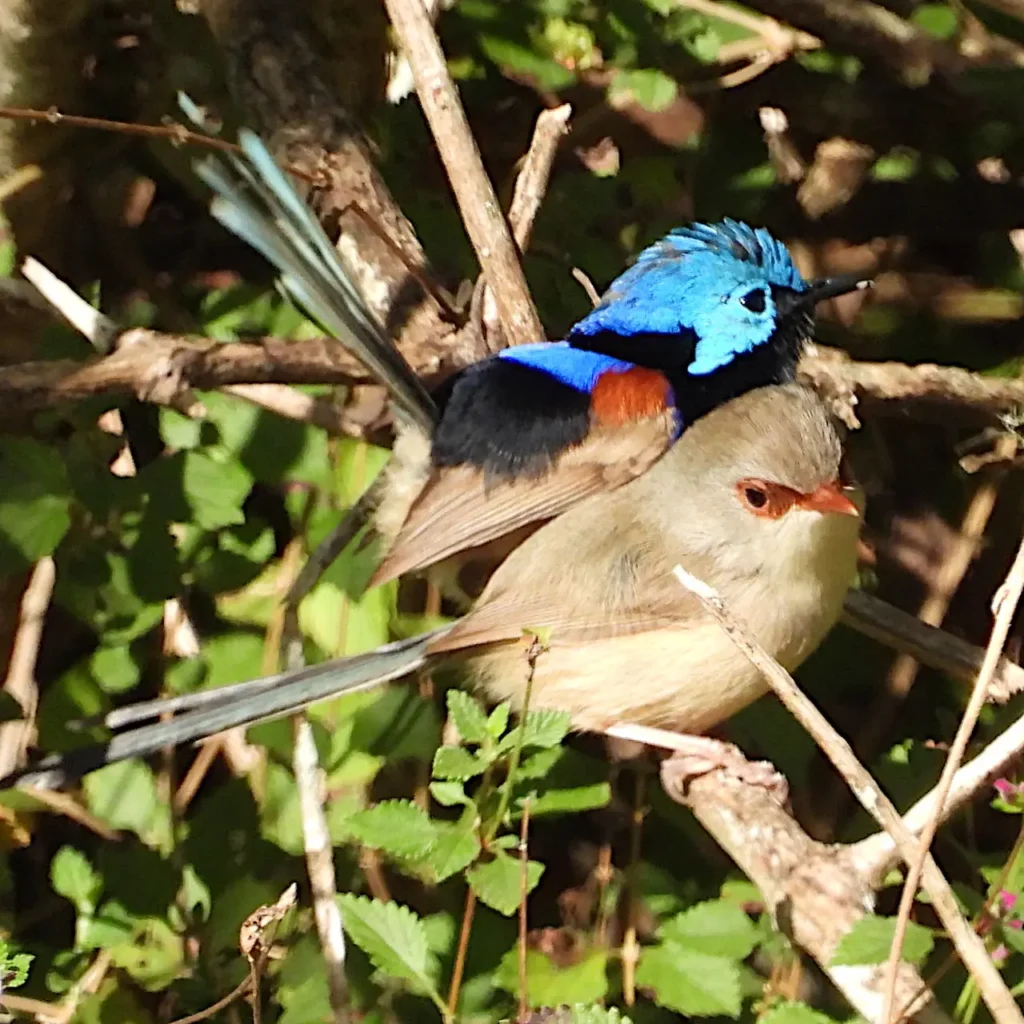
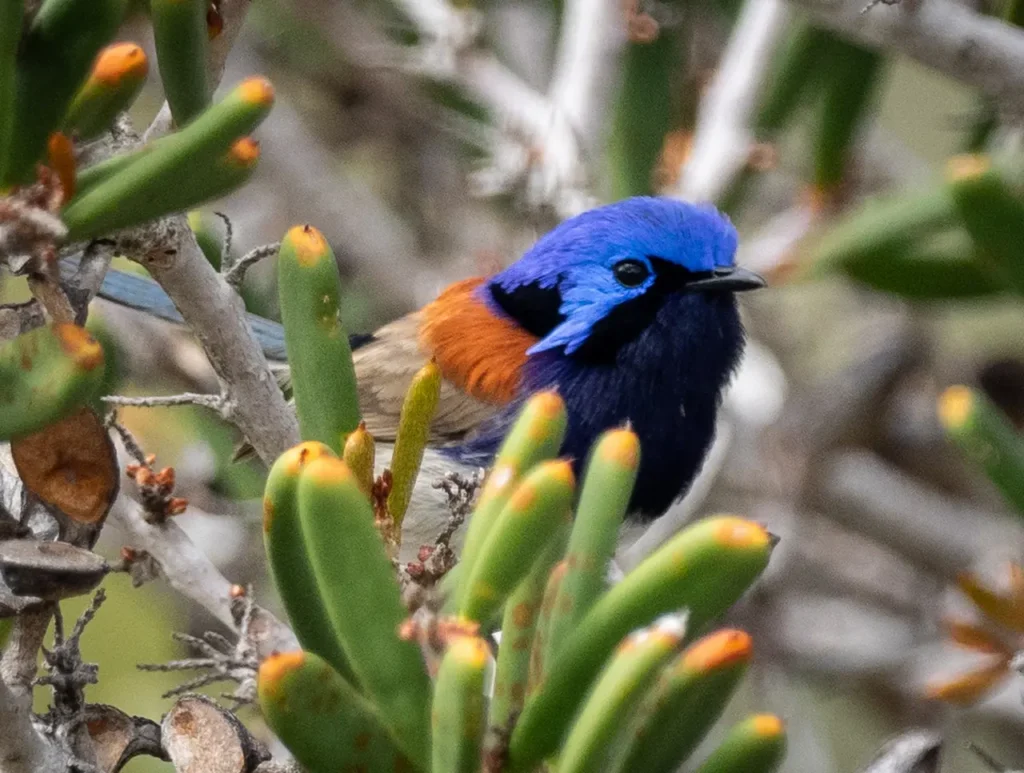
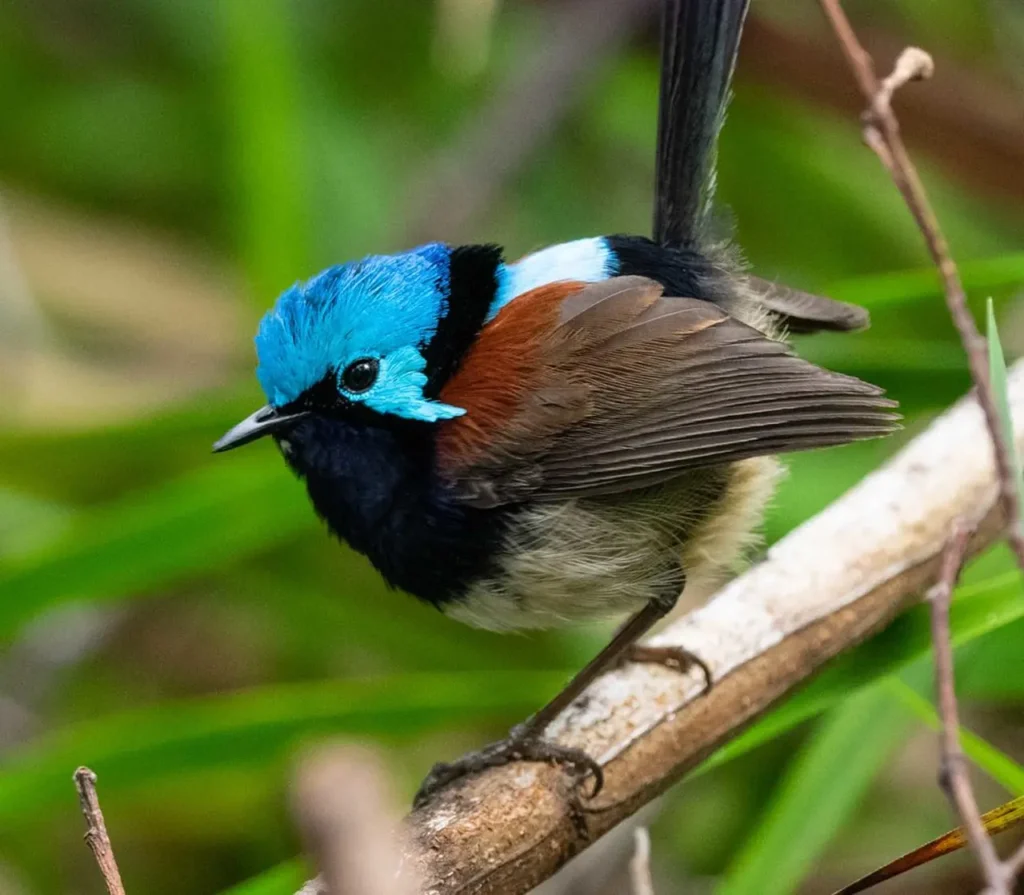
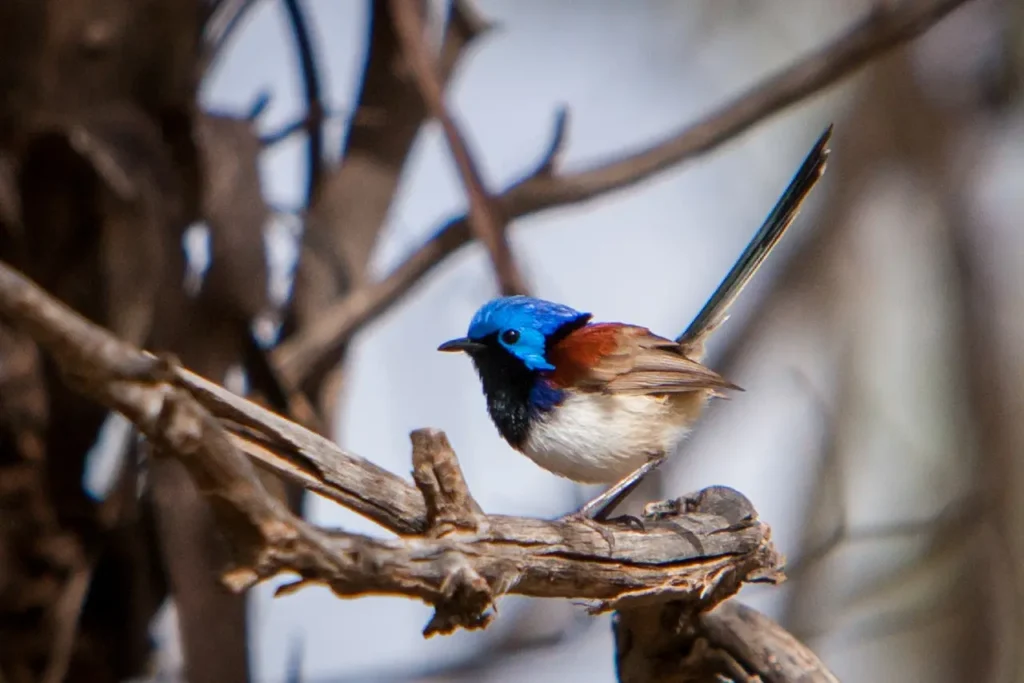
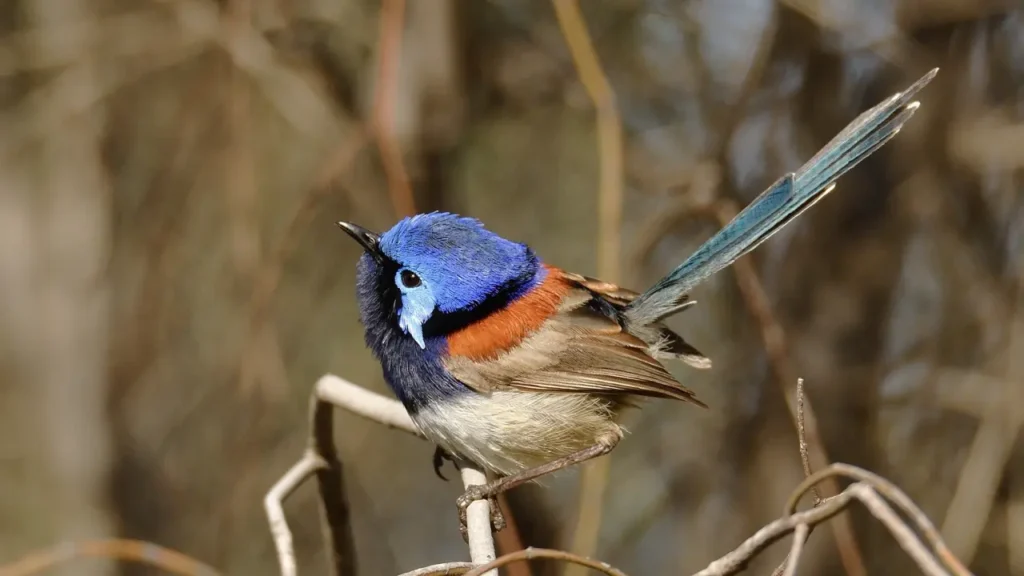
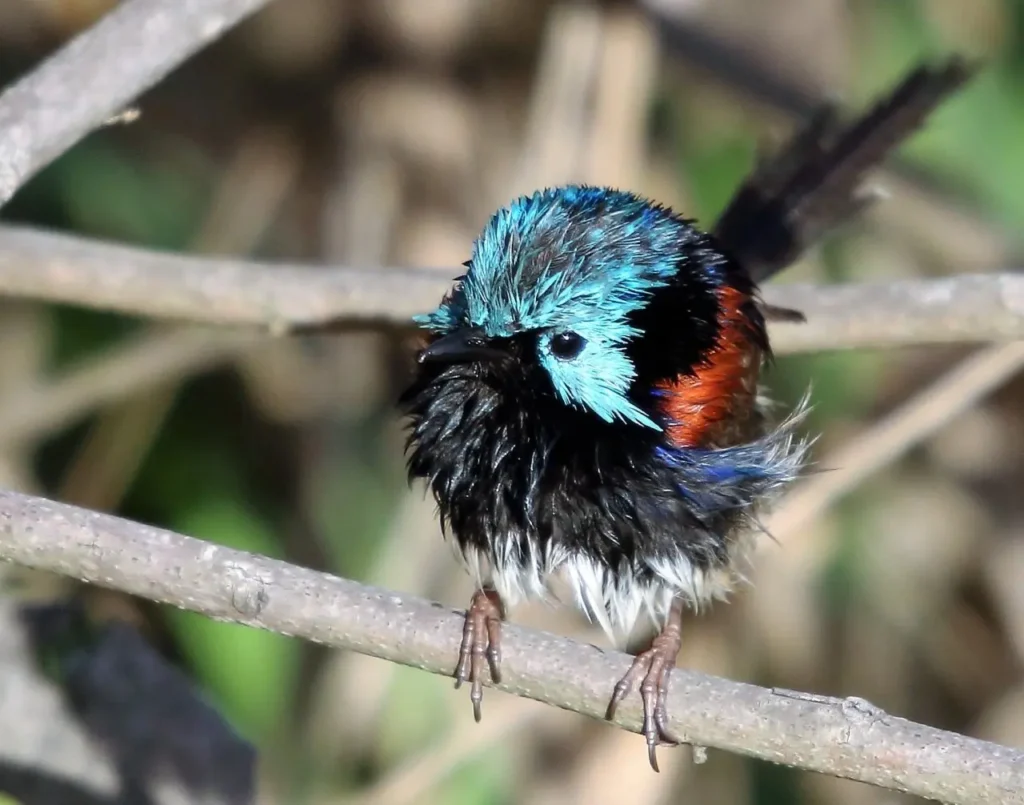
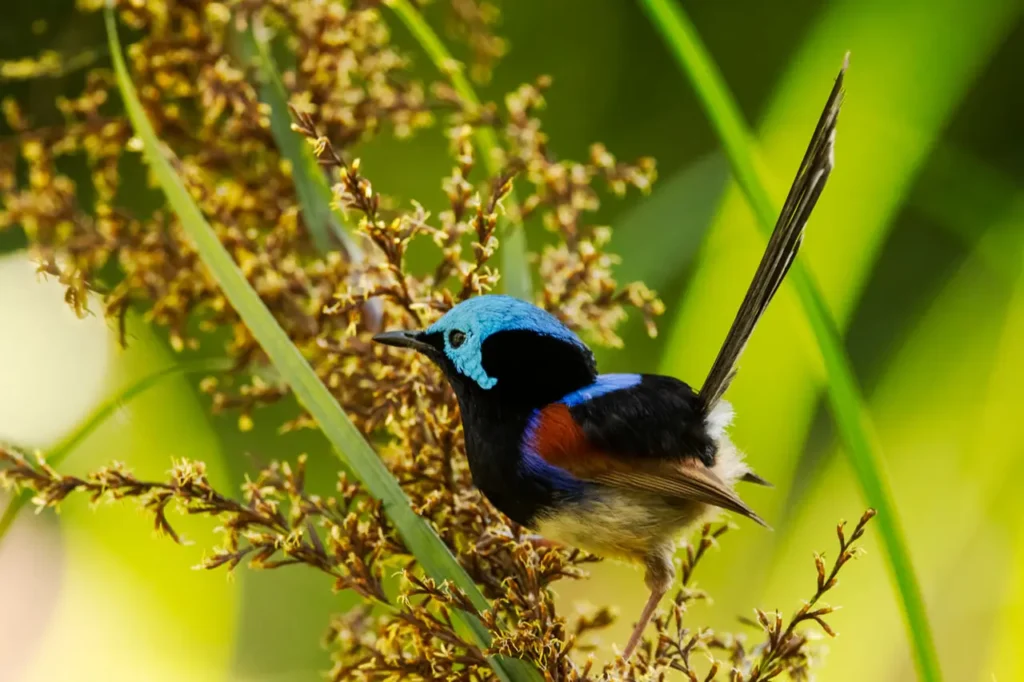

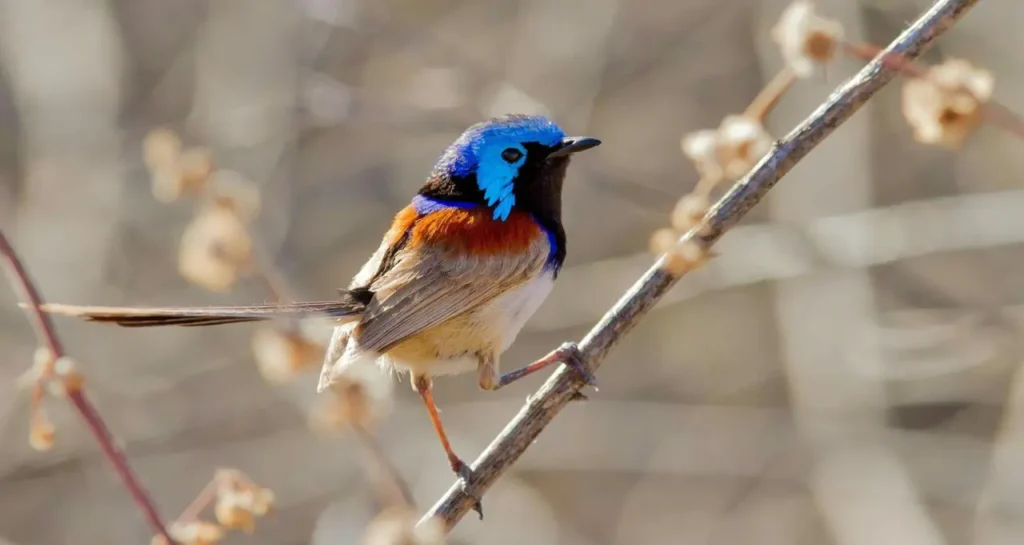
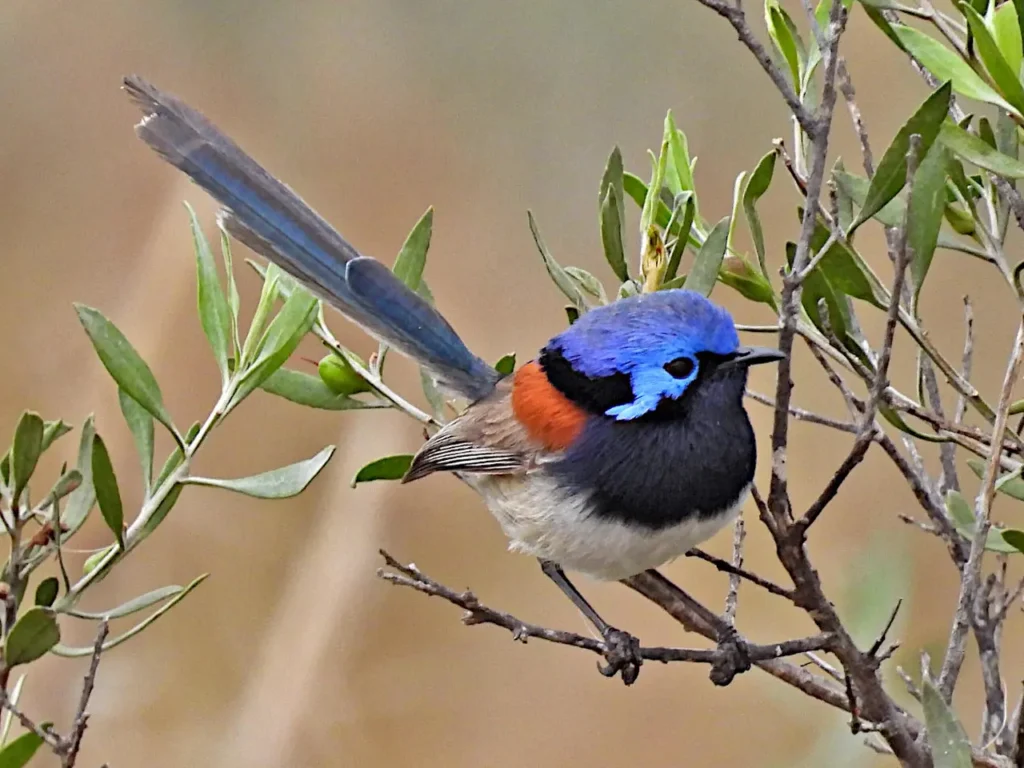
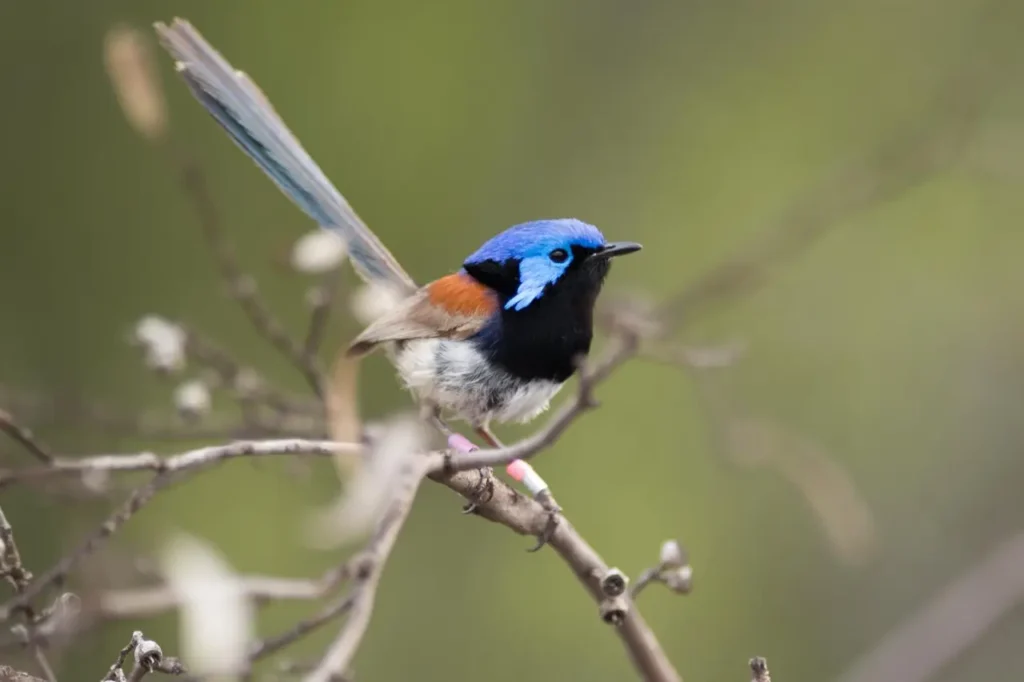
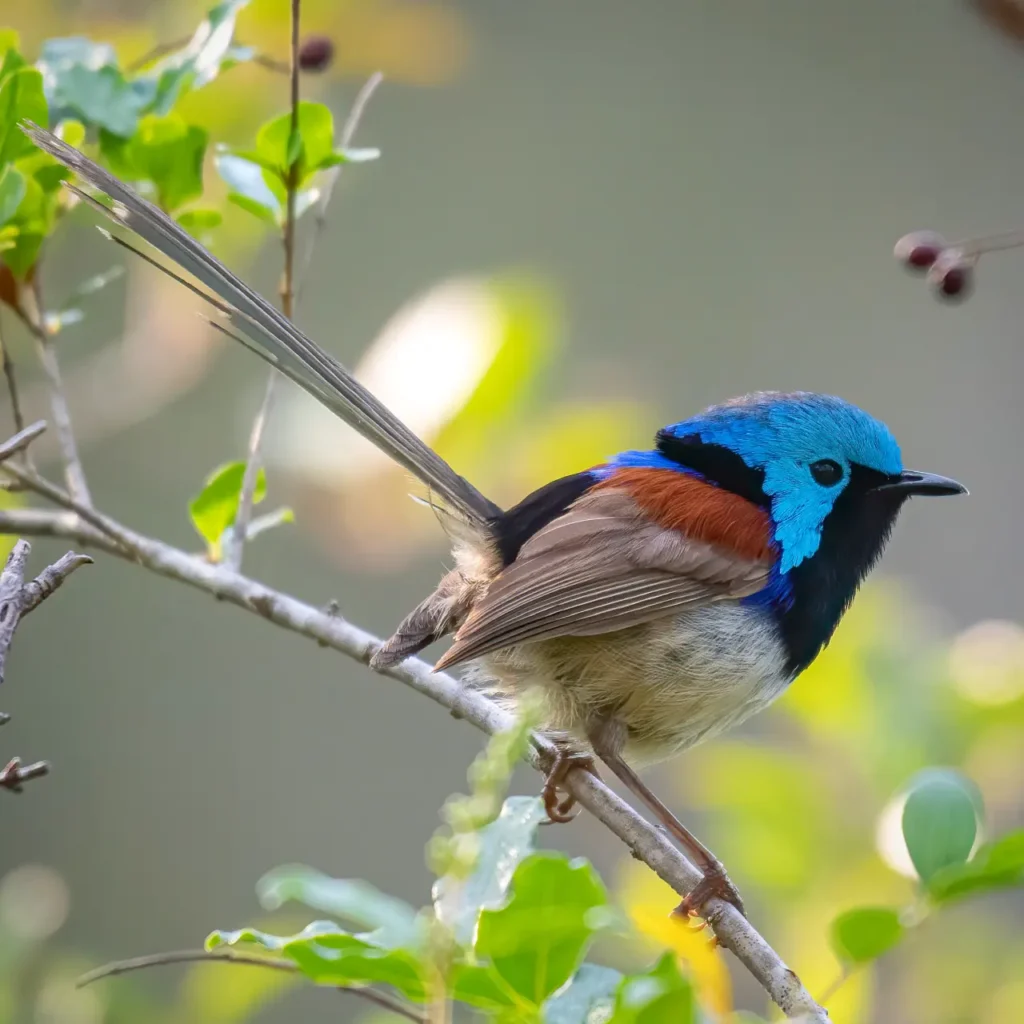
Appearance and Plumage
The Variegated Fairywren is a small bird with a slender build, measuring around 10 centimeters (4 inches) in length. The males exhibit striking coloration during the breeding season, displaying a combination of bright blue plumage on their head, upper body, and tail, while their wings are adorned with patches of rich chestnut. Their eyes are framed by a black mask, accentuating their charming and expressive appearance. In contrast, females and non-breeding males have more subdued colors, featuring a mix of gray, brown, and pale blue feathers.
Behavior and Social Structure
Variegated Fairywrens are highly social birds, often found in small family groups known as “clans.” Within these clans, a dominant male, known as the “breeding male,” mates with multiple females. Other males within the group, known as “non-breeding males,” assist with feeding and protecting the young. This cooperative breeding system allows for shared responsibilities and increased chances of survival for the offspring.
Habitat and Distribution
Variegated Fairywrens are endemic to Australia and can be found across a range of habitats, including woodlands, shrublands, and heathlands. They thrive in areas with dense vegetation and ample cover, as they are particularly vulnerable to predation. Their distribution spans across much of the continent, from the tropical regions of Queensland and the Northern Territory to the temperate areas of Victoria and New South Wales.
Conservation and Threats
The Variegated Fairywren is not currently listed as an endangered species. However, like many bird species, it faces threats such as habitat loss, fragmentation, and predation by introduced predators such as cats and foxes. Climate change and increased intensity of wildfires also pose challenges to their habitats and survival. Conservation efforts focus on preserving suitable habitats, controlling introduced predators, and raising awareness about the importance of protecting native bird species.
Ecological Significance
Variegated Fairywrens play a vital role in maintaining the balance of ecosystems in which they reside. As insectivorous birds, they contribute to controlling populations of insects, spiders, and other small invertebrates. Additionally, they aid in pollination by feeding on nectar from flowering plants, thereby facilitating the transfer of pollen between flowers.
Appreciating Australia’s Avian Jewel
The Variegated Fairywren’s vibrant colors, sociable nature, and captivating behavior make it a cherished sight for birdwatchers and nature enthusiasts. Observing these charming birds as they flit through the vegetation, displaying their radiant plumage and engaging in playful aerial displays, offers a glimpse into the beauty and diversity of Australia’s avian fauna.
The Variegated Fairywren, with its brilliant colors and intricate social structure, represents the splendor and unique character of Australia’s avifauna. Its presence in the country’s diverse habitats reminds us of the significance of preserving natural ecosystems and protecting native bird species. By supporting conservation efforts, promoting habitat preservation, and nurturing a deep appreciation for these enchanting birds, we can ensure that the Variegated Fairywren continues to grace Australia’s landscapes, inspiring awe and fostering a deeper connection with the natural world.
